Amid concrete canyons and constant urban stimulation, certain city parks achieve something remarkable—creating genuine natural retreats without requiring hours of travel.
These green sanctuaries employ thoughtful design strategies. Dense vegetation, strategic topography, and careful sound management work together to screen urban surroundings and foster authentic nature connections.
The psychological refresh these spaces provide rivals experiences in the remote wilderness despite their location within major metropolitan areas. These urban escapes demonstrate remarkable resilience, often transforming formerly neglected or industrial sites into thriving ecosystems that support biodiversity while meeting human needs.
Here is a list of 17 urban green spaces across America that deliver genuine escape experiences without leaving city limits.
Forest Park – Portland, Oregon
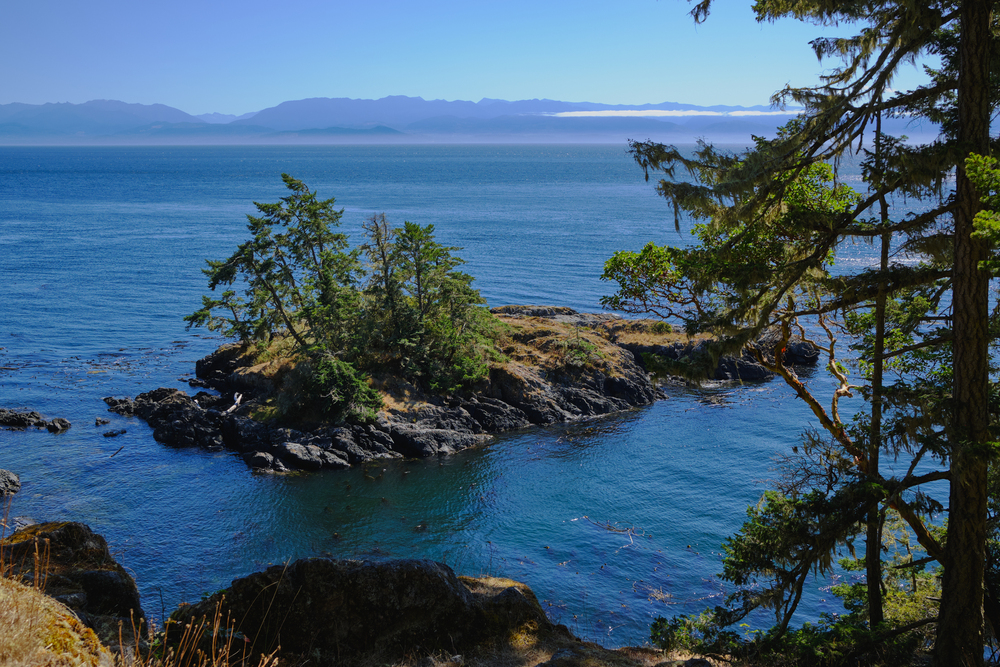
Covering over 5,200 acres along the city’s northwest edge, Forest Park creates a genuine wilderness experience minutes from downtown Portland. Old-growth Douglas fir trees tower overhead along 80+ miles of trails where hikers can walk for hours without glimpsing urban development. The park’s size and topography create acoustic buffers that silence city sounds, with dense understory vegetation blocking visual connections to surrounding neighborhoods.
Balch Creek Canyon features a stream rushing over mossy rocks beneath fern-covered slopes that feel more like remote wilderness than city parkland. Wildlife thrives throughout the park, with resident elk herds, coyotes, and over 112 bird species creating encounters that contradict the park’s urban location less than two miles from downtown skyscrapers.
Griffith Park – Los Angeles, California

This 4,310-acre mountainous retreat provides remarkable isolation in America’s second-largest city, with rugged terrain creating numerous secluded pockets throughout its boundaries. Trails through chaparral and oak woodlands quickly transport hikers away from urban awareness, with elevation gains creating viewpoints where natural landscapes rather than development dominate the foreground.
Fern Dell features a shaded, stream-fed tropical oasis where dense plantings and the sound of flowing water mask nearby traffic noise from Los Feliz Boulevard. The park’s size accommodates extended hikes where visitors might encounter mule deer and coyotes or even catch glimpses of the park’s famous resident mountain lion known as P-22, whose very presence testifies to the park’s ecological integrity.
Like Travel Pug’s content? Follow us on MSN.
Central Park – New York City, New York

Despite being surrounded by Manhattan’s intense urbanism, Frederick Law Olmsted’s masterpiece achieves remarkable isolation through strategic design elements that screen the surrounding cityscape. The Ramble’s 38 acres feature intentionally disorienting winding paths through dense woodlands where multiple bird species nest among native understory plants.
The North Woods replicates Adirondack Mountain landscapes with dramatic rock outcroppings, a rushing stream, and towering trees creating a forest sanctuary where falling leaves rather than taxi horns serve the ambient soundtrack. The park’s sunken design places many paths below street level, using elevation change to block urban views and create sheltered microclimates that support diverse plant communities unexpected in midtown Manhattan.
Rock Creek Park – Washington, D.C.

This 1,754-acre stream valley park creates a genuine forest experience flowing like a green ribbon through the nation’s capital. The park’s steep topography naturally screens urban surroundings, with trails dropping quickly into the creek valley where rushing water masks city sounds. Mature hardwood forests featuring 400-year-old trees create habitat supporting deer, foxes, and over 180 bird species within densely populated Northwest DC.
The park’s extensive trail system includes segments where hikers can experience complete immersion in nature with no visual evidence of the surrounding city despite being mere blocks from major embassies and residential neighborhoods. The park’s deep history—including Civil War fortifications and historic mills—adds temporal escape alongside spatial removal from urban pressures.
Fairmount Park – Philadelphia, Pennsylvania

America’s largest landscaped urban park system encompasses over 2,000 acres along the Schuylkill River, where dense woodlands create genuine forest experiences within city limits. The Wissahickon Valley section features steep gorges where hikers follow a rushing creek beneath hemlock groves and dramatic rock outcroppings without glimpsing surrounding neighborhoods. Historical features, including covered bridges and former mill buildings, add temporal distance from contemporary Philadelphia.
The park’s extensive trail network includes sections where the forest canopy completely encloses visitors, creating intimate woodland experiences that contrast sharply with the surrounding urban environment. The park system’s size accommodates lengthy excursions where visitors can spend full days immersed in natural settings despite remaining within city boundaries.
Like Travel Pug’s content? Follow us on MSN.
Golden Gate Park – San Francisco, California

This 1,017-acre green rectangle extends from central San Francisco to the Pacific Ocean, creating microenvironments that transport visitors far from urban awareness. The park’s strategic berms and dense plantings block views of surrounding neighborhoods while creating sheltered spaces with distinctive character. Stow Lake surrounds a wooded island where visitors circumnavigate reflective waters beneath overhanging trees without visual connections to the surrounding city.
The park’s western sections feature windswept coastal landscapes where cypress trees sculpted by Pacific breezes create environments resembling Northern California’s remote shorelines rather than a dense urban setting. The Japanese Tea Garden uses traditional design techniques to create highly composed views that exclude surrounding contexts through careful plant selection and placement.
Discovery Park – Seattle, Washington

Occupying 534 acres on a forested peninsula extending into Puget Sound, this former military base provides a genuine wilderness experience within Seattle city limits. The park’s extensive trail system winds through diverse ecosystems, including second-growth forests, open meadows, and dramatic bluffs overlooking the sound.
South Beach trail descends through coastal forest to a driftwood-strewn shoreline where visitors experience sweeping views across open water to Olympic Mountain glaciers—views completely devoid of urban development. The park’s varied topography creates numerous intimate spaces screened from both the city and other park users, allowing solitary nature experiences despite the park’s popularity. Wildlife sightings, including bald eagles, seals, and occasional orcas offshore, reinforce connections to the broader Salish Sea ecosystem.
Lullwater Preserve – Atlanta, Georgia

Hidden within Emory University’s campus, this 185-acre forested retreat along South Peachtree Creek creates a genuine woodland escape surrounded by Atlanta’s eastern neighborhoods. Multiple waterfalls cascade over rocky outcroppings beneath mature hardwood forest, creating soundscapes that mask nearby traffic noise. A suspended bridge spans the creek, swaying slightly as visitors cross between dense forest sections where sunlight filters through the canopy onto fern-covered hillsides.
The preserve connects to the extensive South Fork Conservancy trail system, allowing extended nature immersion within densely developed eastern Atlanta neighborhoods. The park’s limited access points and absence of recreational facilities beyond walking paths help maintain its peaceful character despite intense surrounding development.
Like Travel Pug’s content? Follow us on MSN.
Buffalo Bayou Park – Houston, Texas
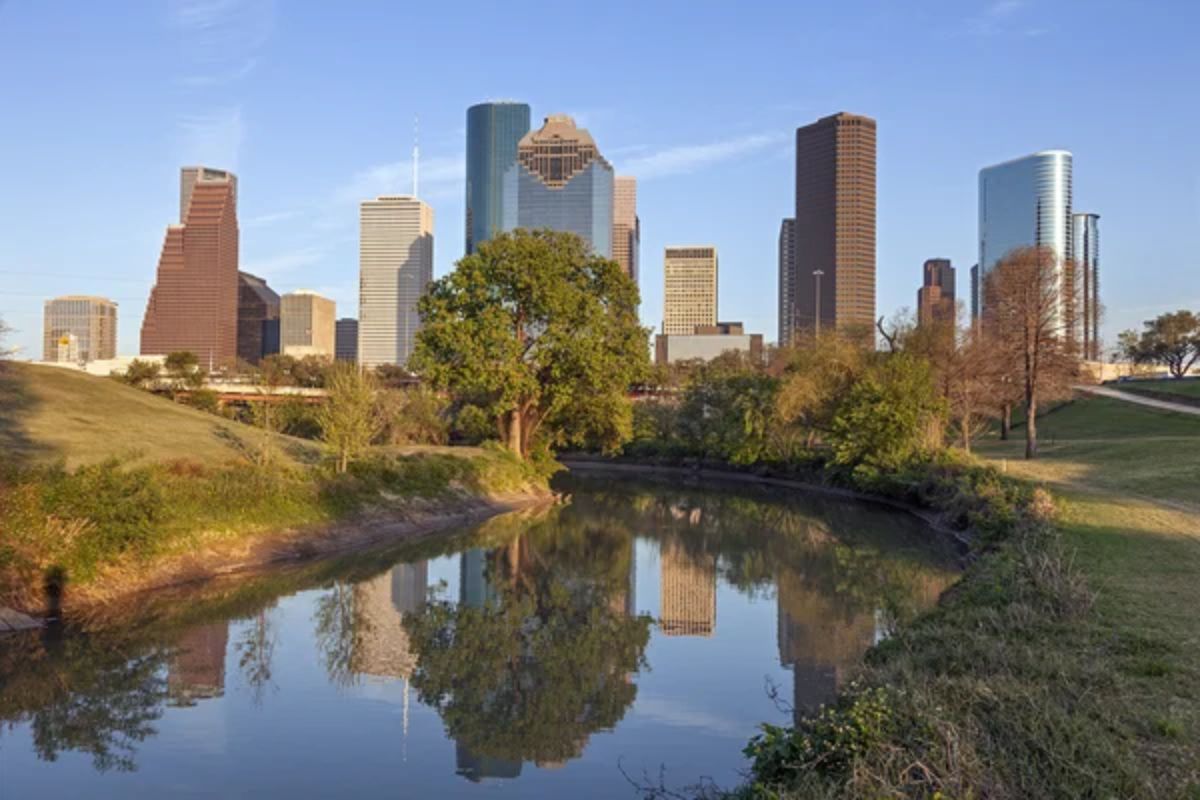
This 160-acre linear park follows Buffalo Bayou through downtown Houston, where thoughtful redesign has transformed a neglected waterway into a naturalistic refuge from urban intensity. The park’s sunken position below street level immediately removes visitors from traffic sightlines, while dense riparian plantings screen surrounding buildings along many segments.
The park’s western portions include secluded woodland trails where visitors might spot belted kingfishers diving into the bayou or resident beavers maintaining dams along quiet backwaters. Strategic berms and vegetation create intimate spaces with no visual connection to downtown Houston despite its skyline looming just beyond the park boundaries. Post-hurricane restoration efforts have enhanced the park’s resilience while strengthening native plant communities that support surprising biodiversity within America’s fourth-largest city.
Theodore Wirth Regional Park – Minneapolis, Minnesota

Occupying 759 acres at Minneapolis’ western edge, this expansive park combines diverse natural settings from prairie to northern forest ecosystems. Eloise Butler Wildflower Garden—the nation’s oldest public wildflower garden—features winding paths through native plant collections where carefully managed sight lines exclude the surrounding urban context. Extensive wetland systems along Bassett Creek create immersive experiences where visitors observe waterfowl and aquatic plants while completely screened from nearby neighborhoods.
The park’s rolling topography creates numerous secluded spots, particularly in winter when snow blankets the landscape and dampens urban sounds. Cross-country ski trails wind through remote-feeling forested sections where visibility extends only to the next bend, creating momentary wilderness experiences within city limits.
Wilderness Park – Lincoln, Nebraska
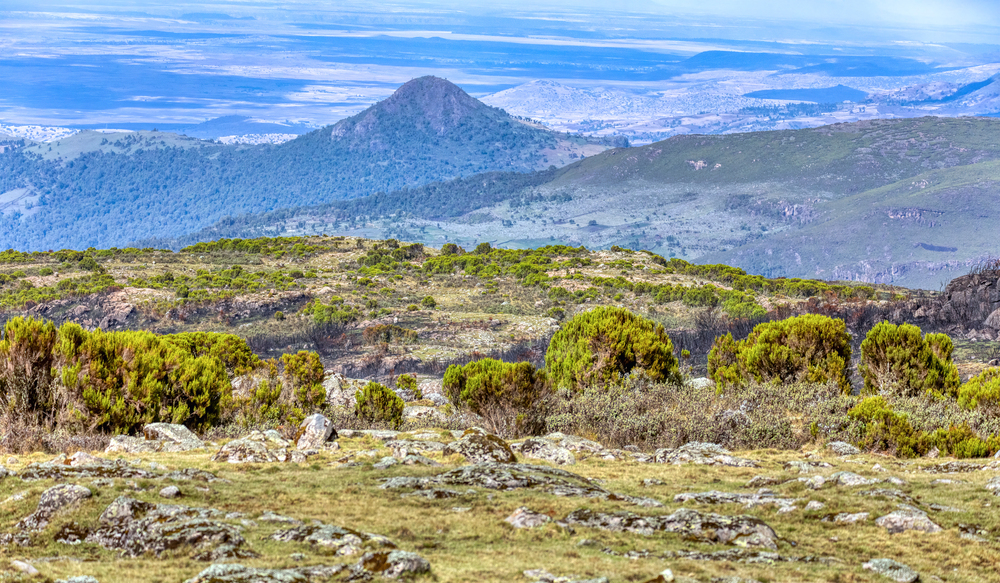
This narrow, 1,472-acre corridor extends for seven miles along Salt Creek, where dense riparian forest creates a genuine woodland environment within Nebraska’s capital city. The park’s linear nature allows extended journeys through diverse landscapes, including floodplain forests, prairie remnants, and wetland areas supporting native wildlife. Limited access points and minimal development preserve the park’s wild character, with narrow natural surface trails encouraging immersive experiences rather than destination-focused recreation.
Seasonal flooding constantly reshapes portions of the park, creating dynamic landscapes that reflect natural processes rather than manicured parkland. The creek’s meandering course creates peninsulas nearly surrounded by water where visitors experience nearly 270-degree natural views despite remaining within city boundaries.
Like Travel Pug’s content? Follow us on MSN.
Zilker Metropolitan Park – Austin, Texas
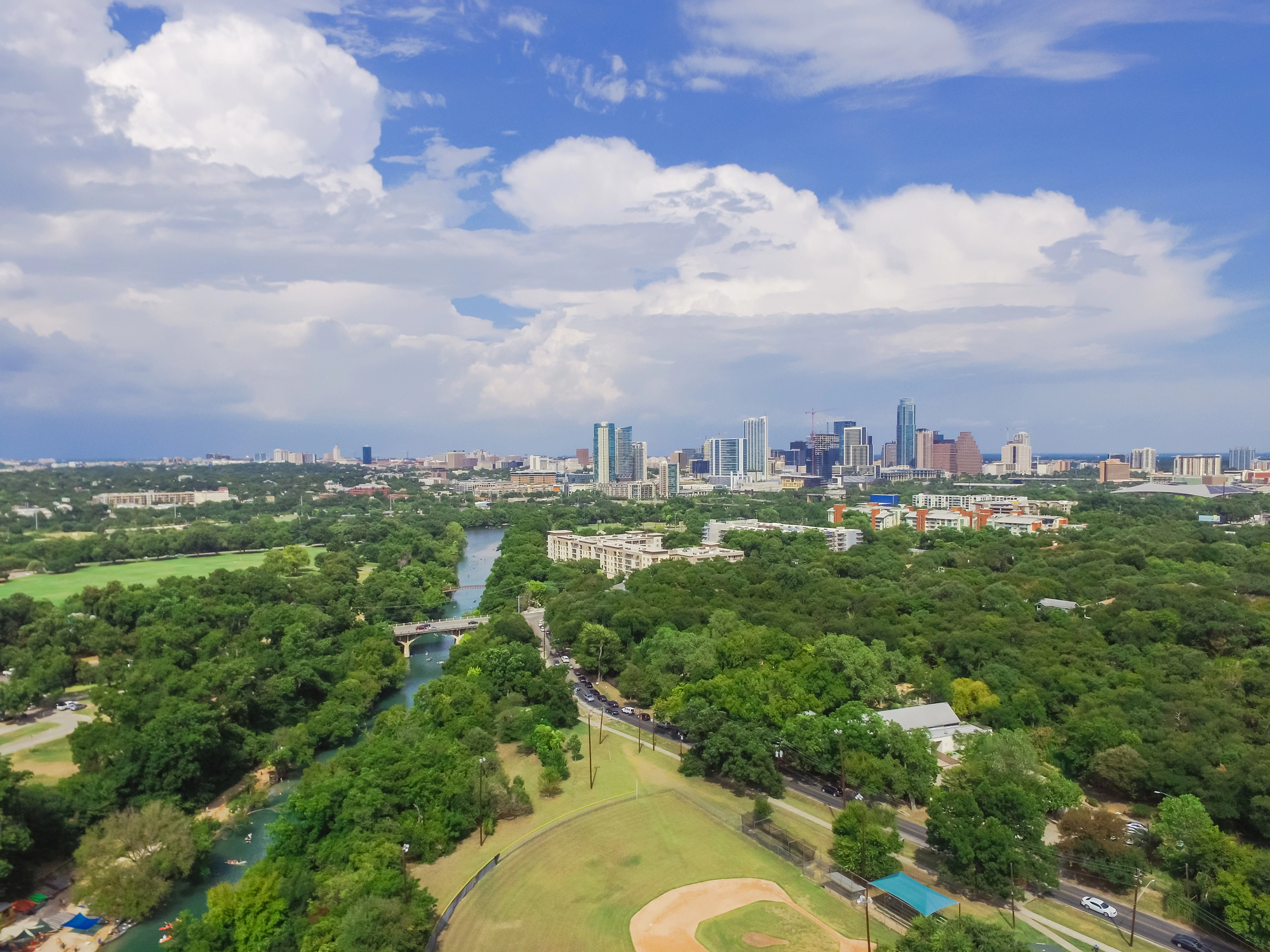
While parts of this 351-acre park serve active recreation needs, its southwestern sections along Barton Creek create genuine nature immersion moments minutes from downtown Austin. The Barton Creek Greenbelt features limestone cliffs where clear waters flow through pools and rapids beneath mature tree canopy, creating cool microclimates that offer both physical and psychological relief from Texas heat. Trails wind alongside and occasionally cross the creek, leading visitors through progressively more secluded areas where urban awareness quickly fades despite remaining within central Austin.
The adjacent Zilker Nature Preserve provides additional woodland trails where native plant communities support diverse wildlife including the golden-cheeked warblers, an endangered species that manages to maintain populations within this urban context.
Scioto Audubon Metro Park – Columbus, Ohio
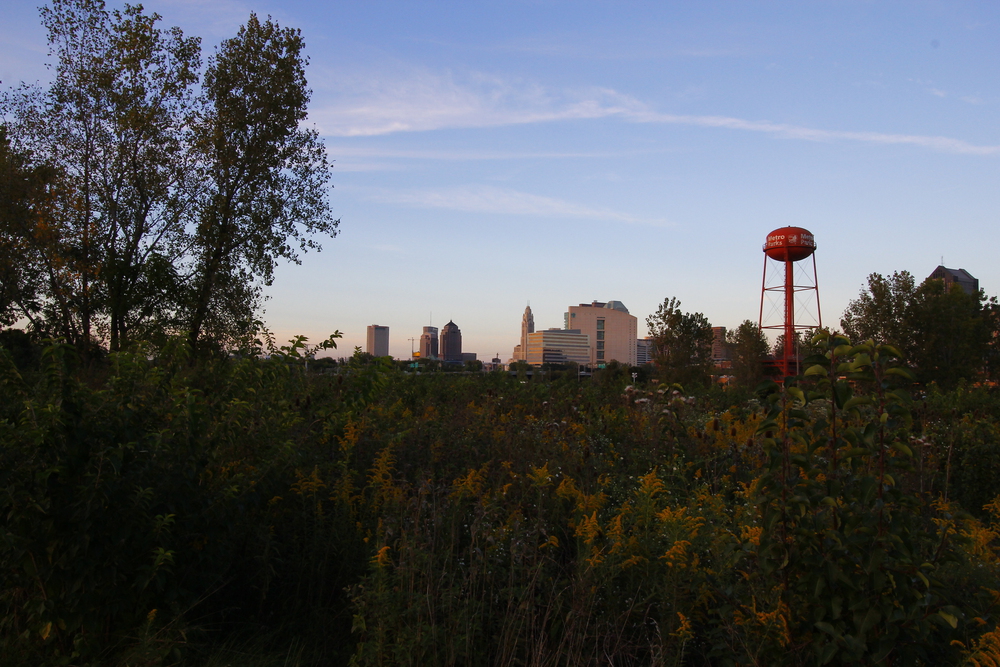
This 120-acre park represents the remarkable transformation from an industrial brownfield to a thriving wetland ecosystem in downtown Columbus. The park’s wetland restoration created a habitat that now attracts over 200 bird species annually, drawing birders who experience genuine wildlife observation despite the downtown skyline visible across the river. Observation decks positioned throughout the park frame views focusing on natural elements while minimizing urban intrusions in the visual field.
The park’s lower elevation relative to surrounding areas creates a sheltered environment where wetland grasses rather than traffic provide ambient sound. The Scioto River forms a natural boundary that separates visitors psychologically from downtown Columbus despite its proximity across the water.
Jamaica Bay Wildlife Refuge – New York City, New York
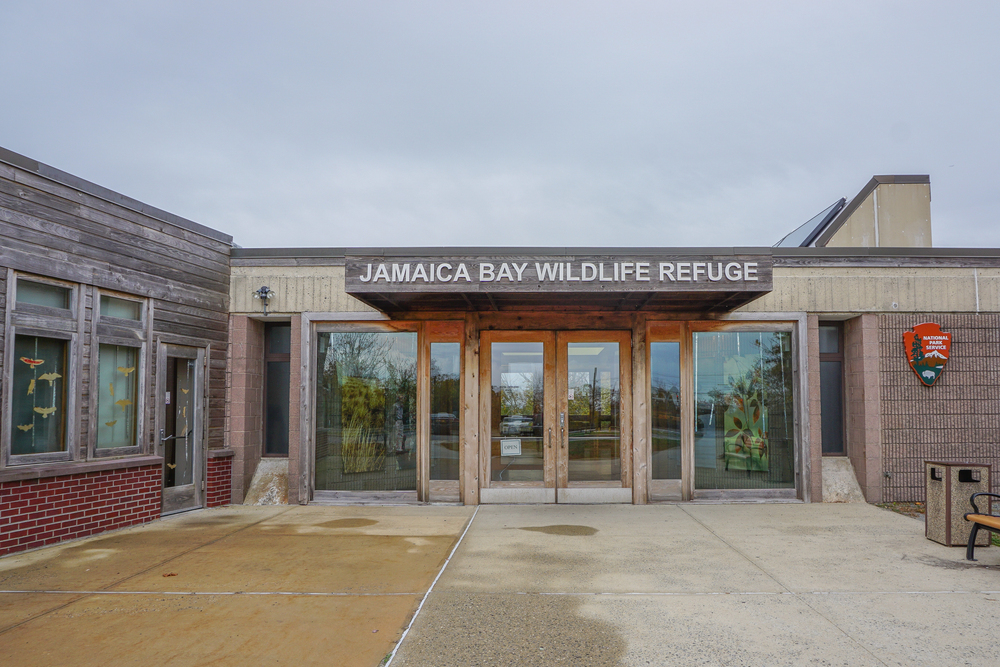
This 9,155-acre wetland preserve creates an extraordinary wild landscape surrounded by dense urban development in Queens and Brooklyn. The refuge includes salt marshes, upland fields and woods, brackish ponds, and open water habitat supporting remarkable biodiversity within America’s largest city. Walking trails across refuge islands place visitors in expansive natural landscapes where the horizon features marsh grasses and water rather than buildings, despite lying directly beneath JFK airport flight paths.
The park’s size allows extended experiences where urban awareness fades completely, replaced by awareness of tidal rhythms and bird migrations. Over 330 bird species have been recorded here, making it one of the most significant urban wildlife sanctuaries in the Northeast and a genuine natural escape within city limits.
Like Travel Pug’s content? Follow us on MSN.
Lincoln Park – Chicago, Illinois

While much of this 1,200-acre lakefront park serves intensive recreation needs, several strategically designed sections create authentic nature experiences despite downtown Chicago looming nearby. The Alfred Caldwell Lily Pool uses Prairie School design principles to create an intimate landscape where carefully placed limestone outcroppings and native plantings screen all external views, creating the illusion of being in rural Wisconsin rather than central Chicago.
North Pond Nature Sanctuary features rehabilitated shorelines supporting native wetland plants that attract herons and other wildlife to this urban water body. The park’s Lincoln Park Conservatory allows year-round immersion in tropical environments regardless of Chicago’s notorious winter weather, creating a multisensory escape through temperature, humidity, and fragrance variations.
Wissahickon Valley Park – Philadelphia, Pennsylvania
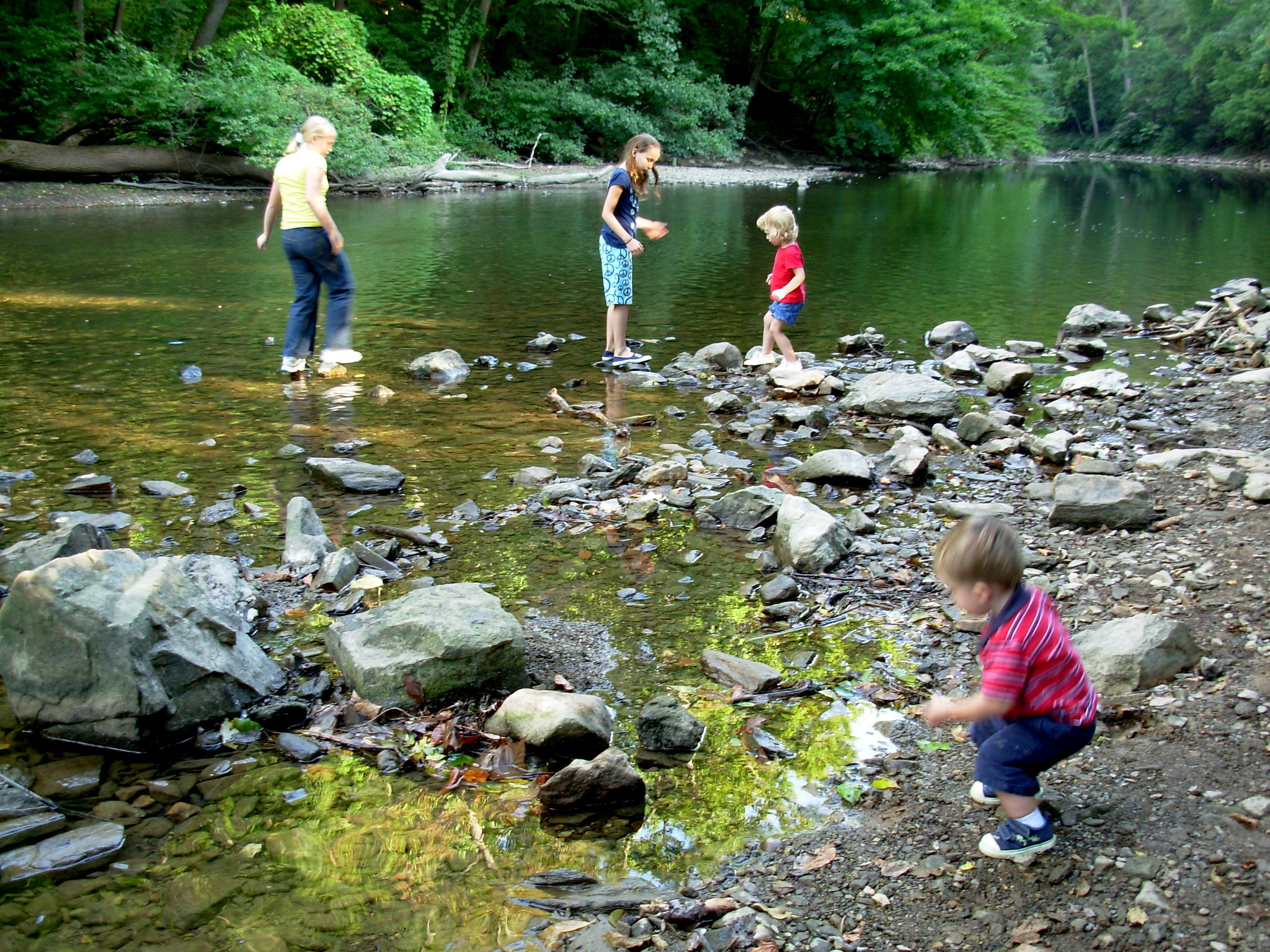
This 1,800-acre wooded gorge follows Wissahickon Creek for seven miles through Northwest Philadelphia, where 50 miles of trails provide access to a landscape that feels remarkably removed from urban context. Forbidden Drive—a wide gravel path following the creek—provides accessible entry into environments that grow progressively wilder as visitors move upstream away from the park’s more developed lower sections. Dramatic Wissahickon schist outcroppings create distinctive rock formations alongside the creek, including Devil’s Pool, where swimmers enjoy a natural basin beneath small waterfalls.
The park’s extensive trail system includes remote-feeling sections where visitors might hike for hours without encountering others despite remaining within Philadelphia city limits. The gorge’s depth naturally screens urban development, creating a green world that feels completely separate from the surrounding city.
Presidio – San Francisco, California
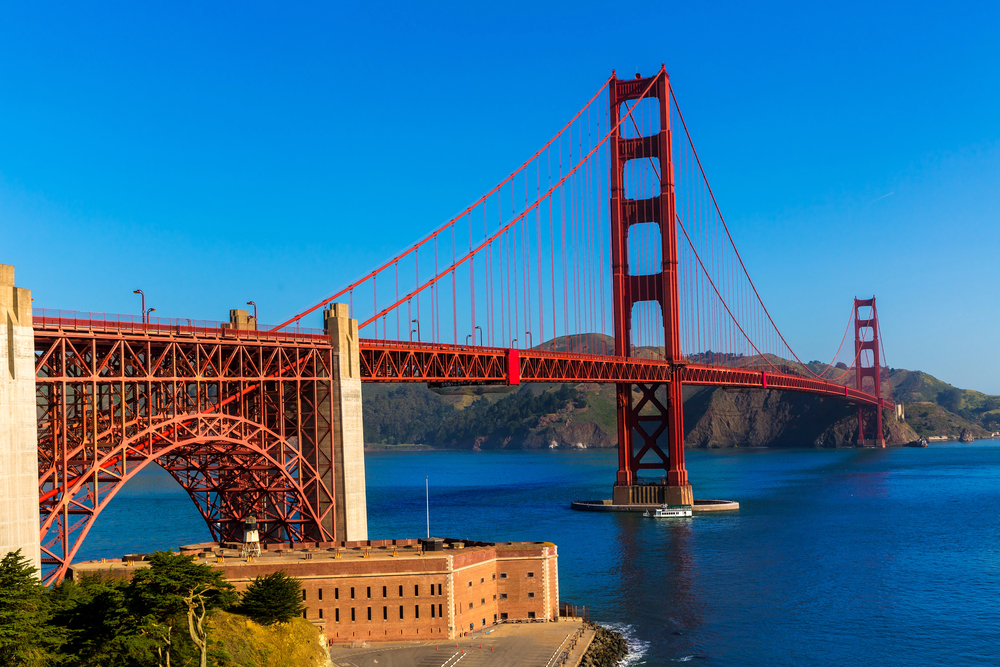
This 1,500-acre former military post now functions as a distinctive national park where careful landscape restoration has created multiple escape environments within San Francisco. The park’s western coastal bluffs feature windswept landscapes overlooking the Pacific Ocean, where visitors focus on crashing waves and distant horizons rather than urban surroundings. Interior sections include Andy Goldsworthy’s “Wood Line” installation, where fallen eucalyptus trunks snake through a grove of trees, creating a contemplative space that encourages focused attention on immediate natural surroundings.
Mountain Lake’s restored shoreline supports native plant communities that attract wildlife, which is surprising for such an urban setting. The park’s extensive forest includes over 300 acres of original ancient dunes now covered with vegetation, creating interior woodland experiences that mask the surrounding city.
Like Travel Pug’s content? Follow us on MSN.
Urban Immersion

These green sanctuaries demonstrate how thoughtful design and ecological restoration can create authentic nature experiences even within intensely developed urban environments. The psychological benefits these spaces provide—reduced stress, restored attention, and improved mood—offer crucial mental health support for city residents while providing habitat for wildlife and ecological services, including stormwater management and urban cooling.
As cities continue densifying, these green escapes become increasingly precious resources supporting human well-being alongside environmental health. Their ability to provide genuine nature immersion without requiring travel beyond city limits makes them particularly valuable for residents with limited transportation options or time constraints—democratizing access to restorative natural experiences regardless of mobility or economic circumstance.
More from Travel Pug

- Cities Growing so Fast You Won’t Recognize Them in 10 Years
- 13 Destinations Where Tourists Regularly Regret Their Trip
- 16 U.S. Cities That Are Quietly Becoming Travel Hotspots
- Where to Travel If You Love Long Bus Rides and Daydreams
- 20 Cities Perfect for Solo Travelers Who Crave Adventure & Culture
Like Travel Pug’s content? Follow us on MSN.
